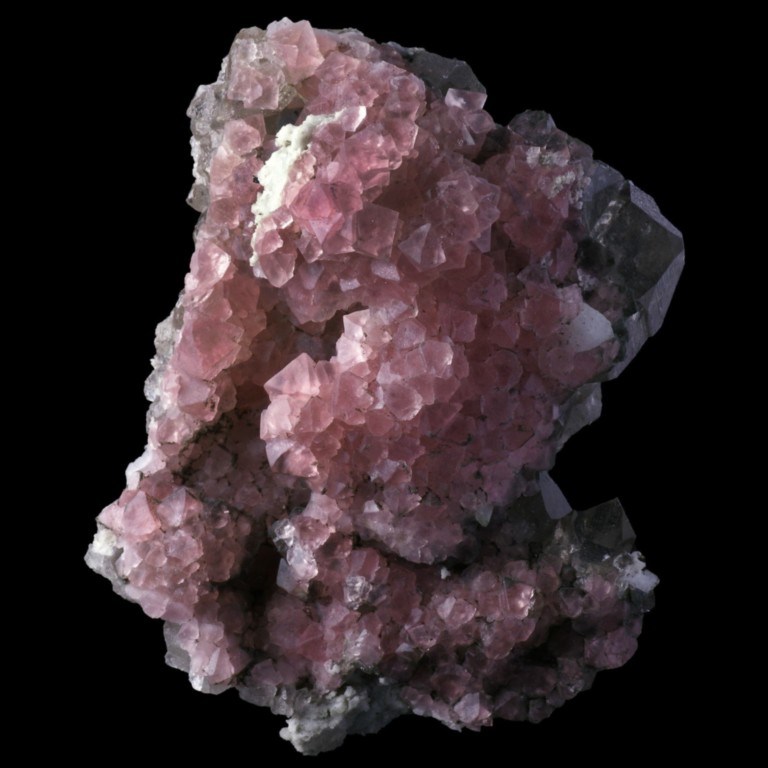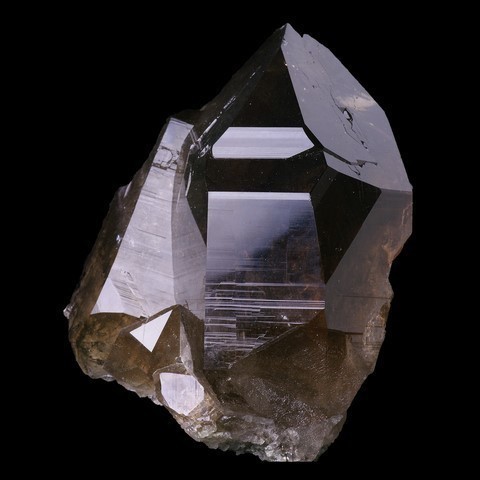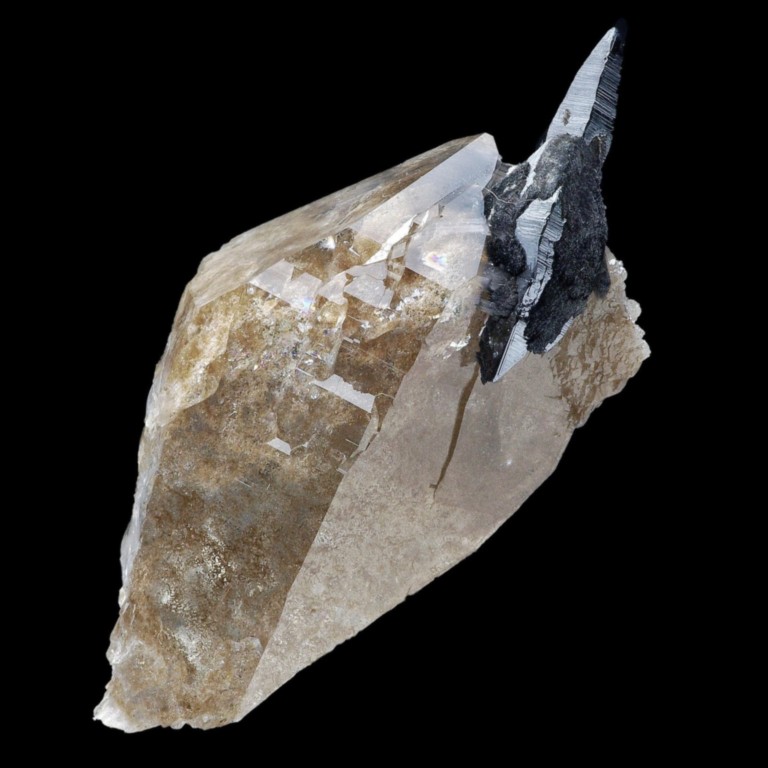What is an alpine cleft in geology ?
Alpine clefts : Crystalline treasures of the mountains

Alpine clefts (or fissures) are fascinating geological fractures distinguished by their exceptional crystallizations. Formed under unique conditions, they represent a striking element of Alpine mineralogy. Their name evokes their characteristic presence in the Alps, and more particularly in the Mont Blanc Massif. On the other hand, they remain rare in other regions, being only identified in the subpolar Urals and the Himalayan massif beyond the Alps.
Origin and formation
The Alpine clefts originate from geological processes dating back to the time of the formation of the Alps, approximately 19 to 40 million years ago. During this period, colliding tectonic plates compressed the rocks, leading to greenschist facies metamorphism. This metamorphism led to the opening of fissures and the circulation of aqueous fluids rich in various chemical elements, such as silica, aluminium and potassium.
These metamorphic fluids, under the effect of pressure and temperature, gradually deposited their mineral load in these open spaces. This process allowed the formation of exceptional and perfectly developed crystals for which the Alpine fissures are famous.
Engraving from 1872, Mosengel / Roth - Alpine Museum Collection, Chamonix-Mont-Blanc
Characteristics and mineralogy of alpine clefts
Among the emblematic minerals of alpine clefts, we find in particular :
Quartz : often in the form of clear or smoky crystals.
Albite and adularia : classic feldspars, generally white and translucent prismatic.
Epidote and chlorite : two minerals typical of metamorphic conditions of green color.
Hematite, ilmenite, anatase and rutile : classic opaque minerals;
Red or pink fluorite : a rare and prized variety that brings a bright touch to alpine cracks. These fluorite crystals, often transparent or translucent, are distinguished by their unique color resulting from the presence of impurities and the specific conditions of formation. They are particularly sought after by collectors because of their aesthetics and rarity.
Others : axinite, apatite, etc...
In addition, these cracks can house fluid inclusions in some crystals, providing valuable clues on the conditions of formation and on the chemistry of hydrothermal fluids. The interactions between fluids and host rocks are closely linked to the diversity of minerals encountered.
Conclusion
Alpine clefts are not only objects of scientific study, but also natural wonders that illustrate the beauty and complexity of geological processes. Their crystallizations, unique in their aesthetics and rarity, continue to amaze mineralogists, collectors and mountain enthusiasts around the world.




